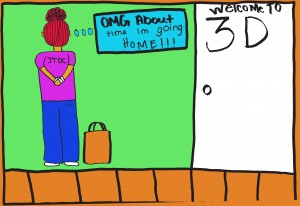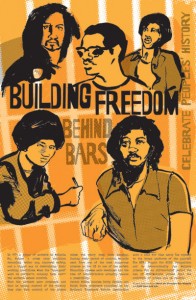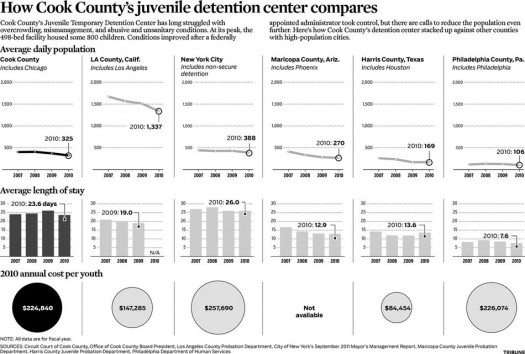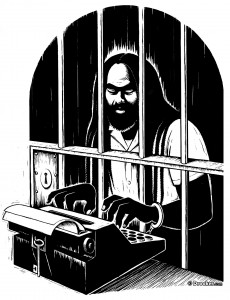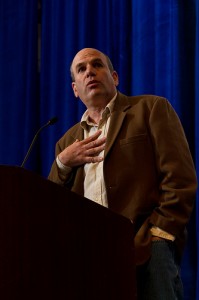Making Prison More Bearable?
I have spent a big chunk of this week organizing two self-care events for incarcerated girls that will take place this weekend. I am doing this as part of a great program called Girl Talk.
One might wonder what it really means to “care for oneself” while locked in a cell. If you are a prison abolitionist, as I am, you might even bristle at the idea of organizing a “self-care” day for incarcerated girls. It seems like a contradiction. Our goal as abolitionists should not be to make prisons more livable; it should not be to make prison a more bearable place. As abolitionists, we know that prisons cannot be reformed; they must be abolished.
So why have I spent countless hours organizing these two days of pampering and self-care for incarcerated girls, you might ask. It is because as my friend Erica often points out: “there are real people and real bodies behind bars.” Abolishing prisons is a long-term project. It is likely not to happen in my lifetime. In the meantime, though, millions of people pass through prisons and jails across the country every year. These people need to know that those of us on the outside care about their well-being. They need to know that they are not forgotten.
So the best that I can do, as the holiday season approaches, is to call on my friends and some volunteers to come in from the outside to offer their many talents & skills in the service of incarcerated girls. I am blessed to know people who are healers, bodywork therapists, yoga instructors, and just genuinely caring. We are planning to offer manicures, pedicures, yoga and stretching classes, reiki, chair massages for a few hours this Saturday and Sunday. Is this contributing to dismantling the prison industrial complex? No, not in a structural way. However, I believe that it helps to create relationships between those of us on the outside and those who are locked up. This connection helps to reduce isolation and makes it harder for our politicians to demagogue issues of crime. However this is not the real reason to organize such events. We should offer self-care days for incarcerated girls because they deserve them. They deserve to be reminded of their humanity when everything on the inside offers the opposite. They deserve to be touched in ways that are not about abuse but instead focus on healing and love. We all need these things. We all deserve them.
So as I head out to a local discount store to buy some mixing bowls that will hold ingredients to make homemade lip gloss, I look forward to the weekend and to connecting with the girls.
